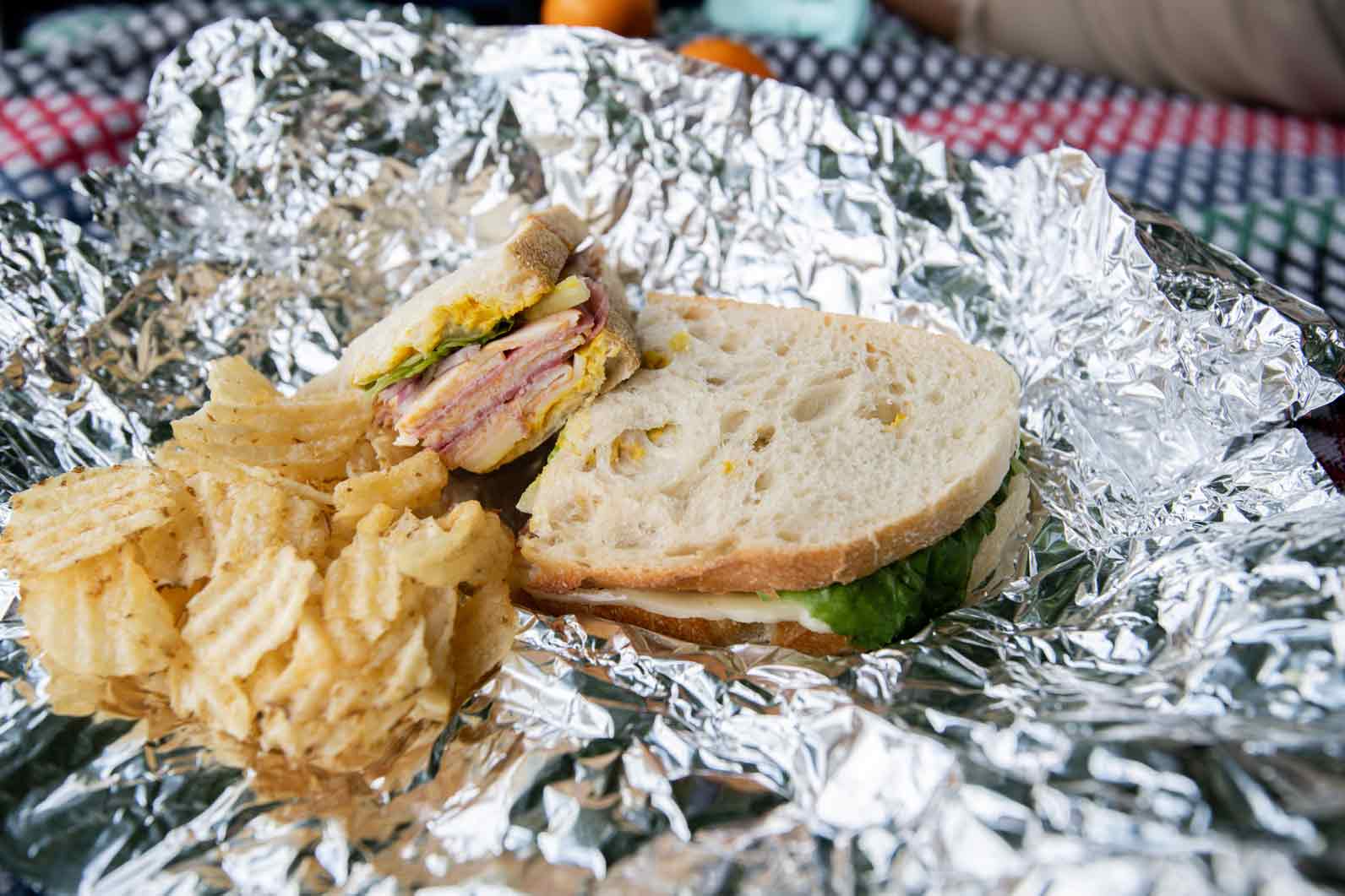
I suppose it’s time to talk genetically modified finagled foods, also known as GMOs or genetically modified organisms. Enough much, the stuff you ’ve formerly been eating.
The following is a talkie that covers bone
of the companies most notorious for the oversaturation of genetically modified foods in our lives, Monsanto.
Hypercritically known as frankenfoods or reproduced food GMOs are foods that have had their DNA altered in some form or fashion. The most common reason behind altering the DNA of a food item has to do with the capability to make the item resistant to the goods of fungicides, or to beget the item to grow doubly as presto as normal.
Greenpeace has a thorough write- up about both Monsanto and the talkie, as follows
The story starts in the White House, where Monsanto frequently got its way by plying disproportionate influence over policymakers via the “ revolving door ”. One illustration is Michael Taylor, who worked for Monsanto as an attorney before being appointed as deputy manager of the US Food and Drug Administration( FDA) in 1991. While at the FDA, the authority that deals with all US food blessings, Taylor made pivotal opinions that led to the blessing of GE foods and crops. also he returned to Monsanto, getting the company’s vice chairman for public policy.
Thanks to these intimate links between Monsanto and government agencies, the US espoused GE foods and crops without proper testing, without consumer labeling and in malignancy of serious questions hanging over their safety. Not concurrently, Monsanto inventories 90 percent of the GE seeds used by the US request.
Monsanto’s long arm stretched so far that, in the early nineties, the US Food and medicines Agency indeed ignored warnings of their own scientists, who were warning that GE crops could beget negative health goods. Other tactics the company uses to stifle enterprises about their products include misleading advertising, bribery and concealing scientific substantiation.
Monsanto’s background
Monsanto was innovated in 1901 as a chemical company. Its history is privately linked to the product and creation of largely poisonous chemicals similar as Agent Orange( used as a chemical armament in the Vietnam war) and PCBs( wide poisonous adulterants). Robin’s movie reveals that Monsanto formerly knew about the “ methodical poisonous goods ” of PCBs for decades, but instructed its salesmen to stay silent because, “ we ca n’t go to lose one bone
. ”
More lately Monsanto entered a bad character for the creation of growth hormones from GE organisms known as rBGH, which the company sells in the US under the brand name Posilac. Monsanto claims that Posilac holds, “ benefits to consumers ”. The reality is that, rBGH growth hormones were banned in Europe and Canada after the authorities set up out about the health pitfalls performing from drinking milk from cows treated with rBGH hormones. Monsanto’s way of “ addressing ” this problem was to sue the Oakhurst dairy company in the state of Maine( US) – trying to force them, and other dairies, to stop labelling journal products “ rBGH-free ” and “ rBST-free ”.
Global reach, control
Over the last decade, Monsanto aggressively bought up over 50 seed companies around the globe. Seeds are the source of all food. Whoever owns the seeds, owns the food. The process of inheritable engineering allows companies, similar as Monsanto, to claim patent rights over seeds. Ninety percent of all GE seeds planted in the world are patented by Monsanto and hence controlled by them.
Patents on seeds give companies like Monsanto unknown power. Monsanto prohibits growers saving patented GE seeds from one crop to transplant the coming season, an age-old practice. To insure that growers don’t exercise seeds, Monsanto created its own ‘ gene police ’, and encourages growers to turn in their neighbors.
Indeed growers that don’t use GE seeds aren’t safe. According to an investigative report by the Centre for Food Safety( CFS) growers have indeed been sued for patent violation after their field was defiled by pollen or seed from someone differently’s GE crop.
But Monsanto’s influence does n’t stop at the US border. “ The world according to Monsanto ”, documents the ruinous impact of Monsanto’s malpractices around the world. Among others, it includes the real- life stories of cotton growers in India that ended up in hopeless debts after using Monsanto genetically finagled( so called Bt) cotton, and of a family in Paraguay, South America whose dreams have turned to agonies after their ranch came girdled by fields planted with Monsanto’s GE soya.
A important demanded expose
Monsanto would n’t address these issues on camera for Robin, rather pertaining to the “ Monsanto Pledge ” posted on their website( which we debunk then).
After seeing “ The world according to Monsanto ”, Greenpeace International contender Geert Ritsema said
“Mrs. Robin should be complimented for revealing the minatory practices of the world’s leading patron of genetically finagled seeds. Her film is intimidating and should be a call to action for everybody who cares about the quality of our food and a healthy future for our earth. ”
studies? Questions? I ’ll be spending the week writing about this, so let’s hear ’em!
